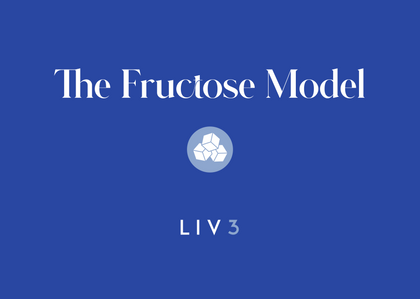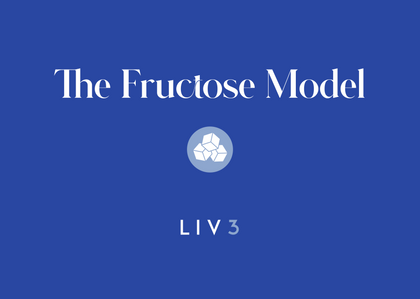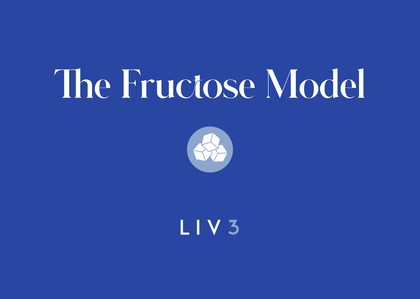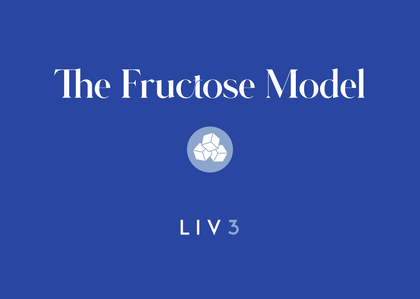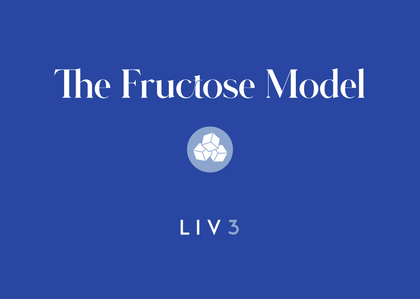6.1 Metabolic Dysfunction: The Primary Fingerprint of the Fructose Pathway
Obesity, type 2 diabetes, fatty liver disease, gout, and chronic kidney disease (CKD) are not separate epidemics — they are the most direct outputs of chronic fructose metabolism.


